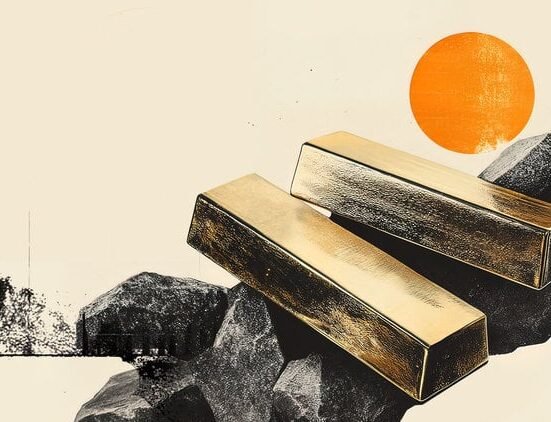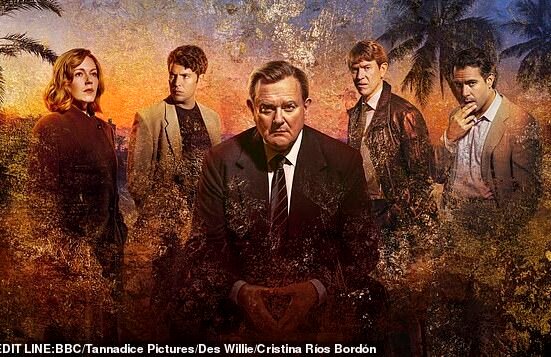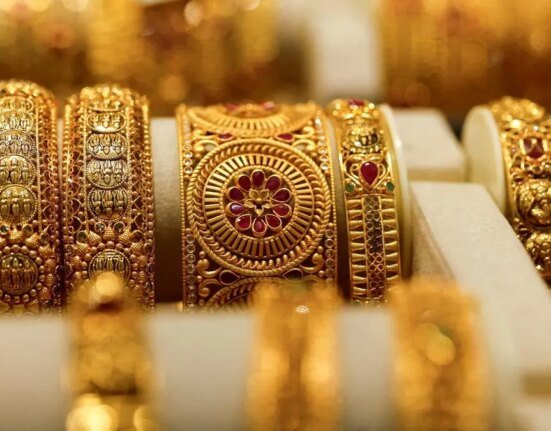Two hikers stumbled across a hoard of gold and treasure which was hidden during World War II and is now worth roughly $340,000, Live Science reported.
The discovery was made in the Czech Republic within a stone mound in the forests surrounding Zvičina Hill, which is located in the Krkonoše Mountains near Poland’s border. The cache, which weighs about 15 pounds, includes two containers filled with bracelets, snuff boxes, and gold coins. The artifacts, including 10 bracelets, 16 cigarette cases, a comb, and a compact mirror, were uniformly crafted from a yellow metal which scientists believe may have been a gold alloy.
Related: Archaeologists Find Chilling Scene During Pompeii Excavation
In total, 598 coins were found. They date from 1808 to 1915 and include currency from several countries, including France, Belgium, Russia, and the Ottoman Empire. Also present were several coins from what was formerly Austria-Hungary. Those had stamp marks from a reissue in 1921, which indicated the coins were circulated around the Serbian or Bosnia-Herzegovinian provinces in former Yugoslavia.
“The treasure lay hidden in the ground for a little over a hundred years at most. In this particular case, however, the year 1915 is not decisive for determining the time when the hoard was found on the site,” said Vojtěch Brádle, a coin specialist at the Museum of Eastern Bohemia in Hradec Králové, which is analyzing the treasure. “This is due to the presence of several pieces with miniature marks (so-called contramarks), which could have been added after the First World War.”
Related: Researchers Decipher Herculaneum Scrolls Found at Pompeii
The trove’s location near a former border between Czech and German settlements indicates that the cache was likely buried by people fleeing Nazi Germany around 1938. “The list of potential reasons for which it was likely buried is fairly clear. It was the beginning of the war, the deportation of the Czech and Jewish populations, then the deportation of the Germans after the war, so there are several possibilities,” explained Miroslav Novák, head of archaeology at the Museum of Eastern Bohemia in Hradec Králové. “There was also a monetary reform, which could have also been a reason. It was clearly not about the nominal value of the coins, whether they were worth five, 10, or 100 crowns. It’s not about what the coins could buy — that’s not what mattered. It was deliberately hidden because it was precious metal.”
The team at the Museum of Eastern Bohemia will continue to analyze the coins and other artifacts for significant markings with the hope of identifying the trove’s former owners.







